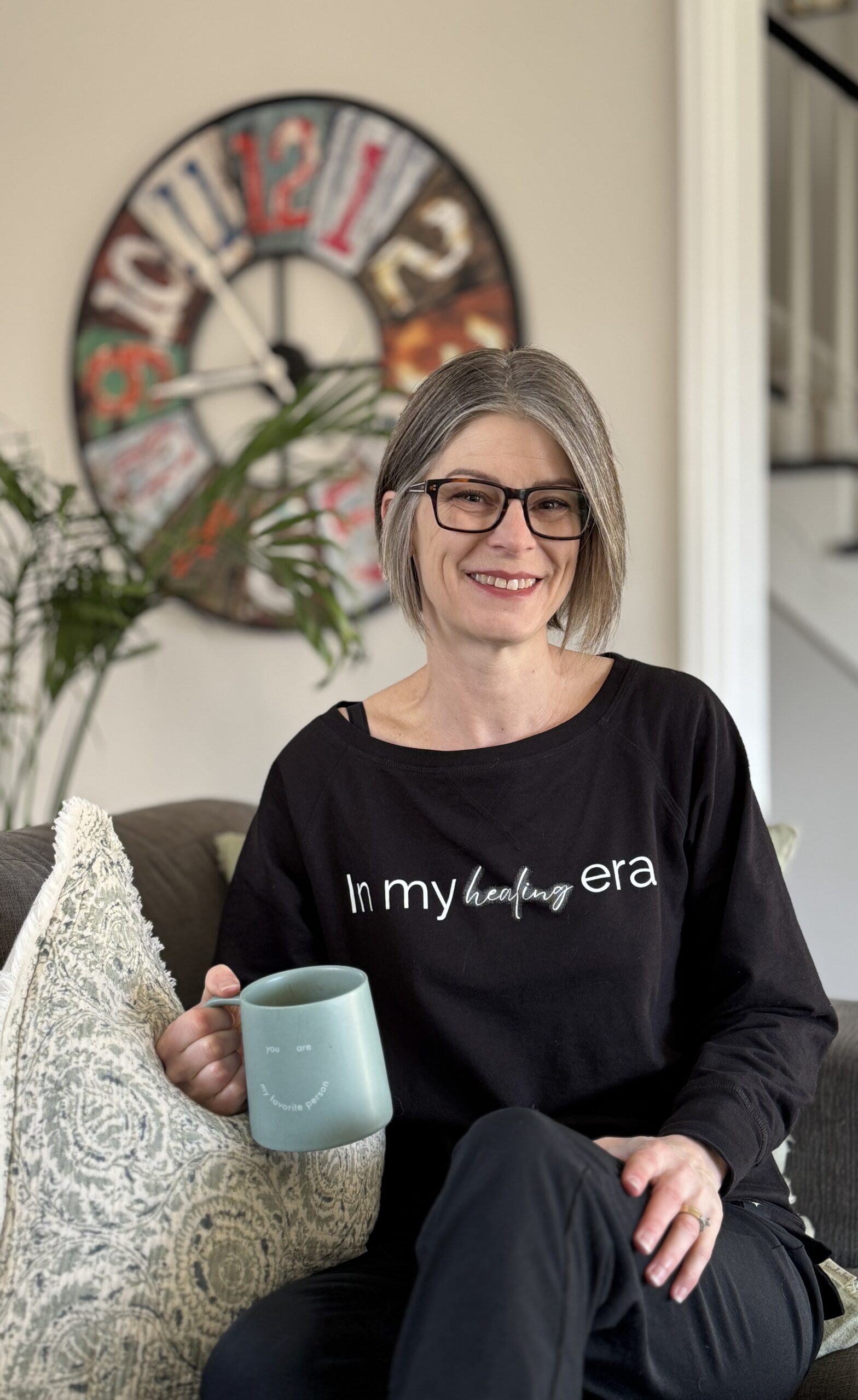One aspect of cancer is a racing mind. There are so many thoughts that happen when you are navigating life with cancer. The Buddhists use the term Monkey Mind to reference how your mind won’t stop moving. Your thoughts are like a monkey swinging from branch to branch, always in motion. It is like a constant knocking on the door demanding your attention, reminding you of the past and overwhelming you with thoughts of the future. Often this engagement in the brain gets to the point where finding stillness in your mind becomes impossible. Synonyms for Monkey Mind include: unsettled; restless; indecisive, and confused. Sound familiar?
Day in and day out you are faced with choices, tasks, and decisions around your health that demand your attention and occupy your mind. You know you need to move forward, you want to a way to manage all the thoughts, and you want to find peace and calm. Your brain will hover on past events and worry about what is to come, sometimes sinking into self-doubt and worry that becomes unmanageable. As you become controlled by your thoughts, you may lose the ability to be in the present. This is the Monkey Mind.
Living in this place can be incredibly challenging. It can be difficult to explain to others the racing thoughts, the obsessive dwelling on past and future, the inability to get what you need because you cannot settle enough do it. Friends may tell you to just stop worrying, or to write a list, or to just stay positive instead of worrying about what you can’t control. Unfortunately, these are not strategies that calm the mind; they only defer the problem or frustrate you.
To help you manage that jumping monkey in your mind there are tools that you can start to bring into your life. It is not a quick fix, it takes some practise, but it does take work. The desire to learn and relearn habits and patterns of behaviour is possible. Some we can do on our own, some require a guide.
4 Ways to Calm the Monkey Mind
Be Present. Your mind is the master of taking you from the present into the past or future. To become present begin by grounding, or reconnecting with yourself and your surroundings. This can be as simple as feeling your feet on the floor, or focusing your attention on an object that is in your space in that moment. Try taking your shoes off and walking barefoot. Allow your body to feel the earth beneath you. Walk in nature if you can. Listen to the sounds around you or to nothing at all. There is nothing like the song of a bird to bring your attention to the moment.
Learn how to breathe. Breath practices are an excellent tool for calming the mind, relaxing the nervous system, and slowing you down. Try a simple inhale for a count of 3 and exhale for a count of 3. As your breath and you become more comfortable extend your inhales and exhales or explore other types of relaxation breaths.
Make meditation part of your life. So many people think they cannot meditate because they have this image of a yogi sitting still for hours without moving. This is not everyone’s meditation. Even 5 minutes of stopping and reciting a mantra such as “I am safe, I am present” can be meditation. Meditation is not about controlling your mind; it is about providing you the opportunity to be witness to your thoughts and to observe them in a non-judgemental way. Science shows that meditation can change the neural pathways and circuits and that meditation may be a harmless way to rewire your brain allowing you to start controlling your thoughts and eventually how you respond to them.
Create routines in your life. The monkey mind wants us to be scattered in a million directions. By developing healthy routines you can train your brain to complete a task or something that you enjoy before you move on to the next. A morning routine is a good place to start. It can set the tone for the remainder of your day and provide you a sense of grounding that will allow you to let go of what no longer serves you and invite in what you need to be happy and healthy. A morning routine can be as simple as practicing gratitude before you get out of bed, meditating and then journaling or whatever it is that feels good for you. After that you can do the ‘life’ stuff, which you may find feels a little easier when you have started your day in a place of calm.
If you would like to know more about the concept of living with cancer, I have written a book all about my personal experience with moving from survivor to thriver. In my book I offer anecdotes and strategies that will encourage you to learn how to thrive with cancer. You can get a copy of Living to Thrive: a holistic guide to living with cancer here.
You don’t have to navigate cancer alone. As a Certified Holistic Cancer Coach I support women who are looking for more than just surviving day to day – they want to learn how to thrive with cancer. The THRIVE Cancer Coaching Program is a space for you to learn and grow while getting one to one support from a ten year cancer thriver. Let’s talk about how coaching can help you create abundance in your life with cancer. Schedule a free 30 minute call today to learn more about coaching and how to get started.
Kathryn White is a Certified Holistic Cancer Coach who supports women to turn their cancer diagnosis into a thriving story one woman at a time.



